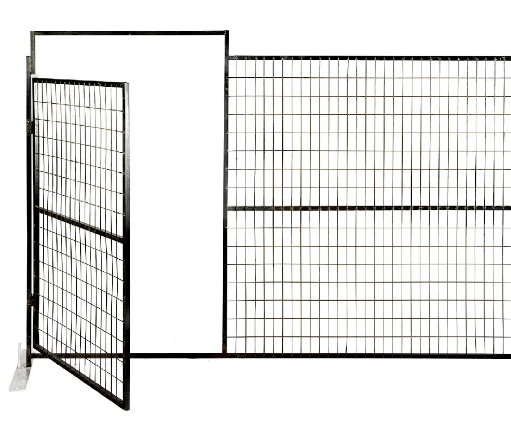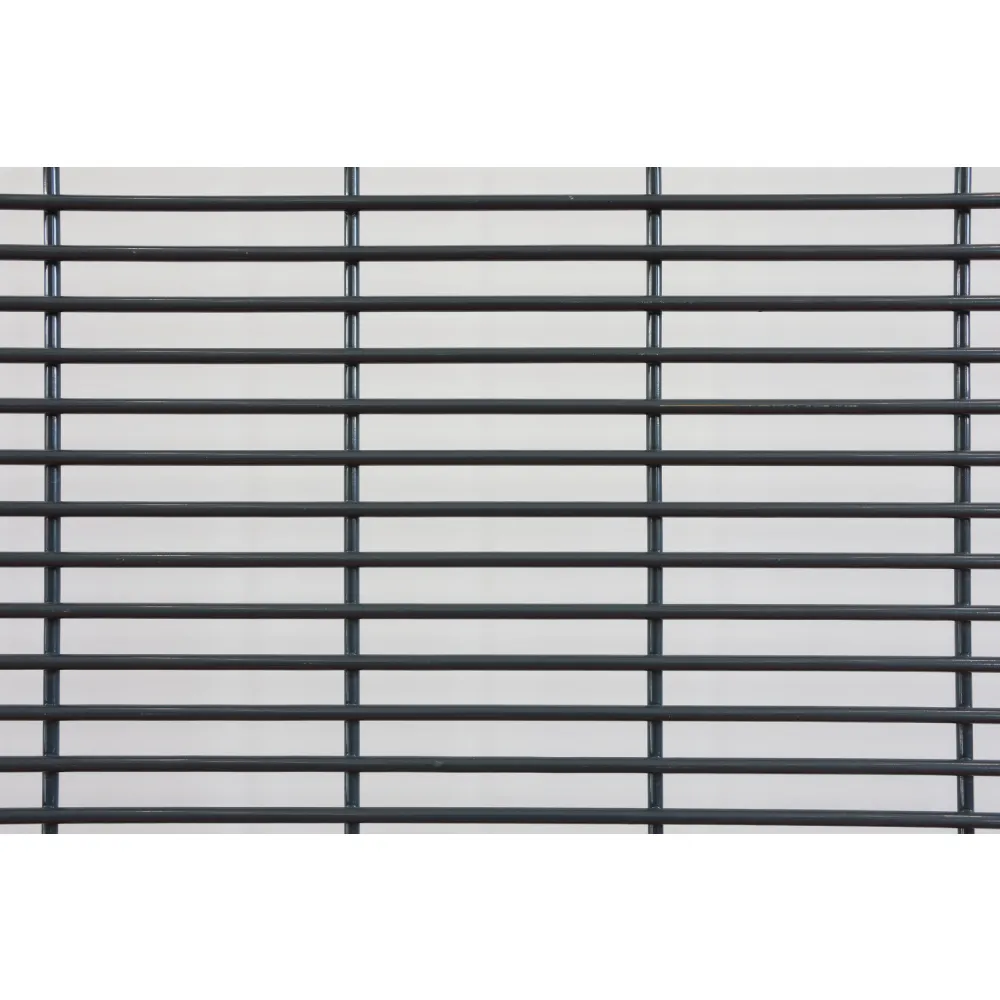Chain link fences are ubiquitous in today’s residential and commercial landscapes for their practicality and affordability. When considering a new chain link fence, many potential buyers are primarily concerned with cost. This article aims to offer an authoritative and trustworthy exploration of the various factors that influence the cost of a chain link fence, combining professional expertise with real-world experience.

Understanding the cost of a chain link fence begins with the materials themselves. The most basic component is the galvanized steel wire, which is woven into a diamond pattern to create the characteristic mesh. The cost of this wire largely depends on the gauge (or thickness) of the wire and whether there is any additional coating. A thicker gauge typically implies a higher cost due to increased durability and strength, making it suitable for more demanding applications such as security fencing. Additionally, coatings such as vinyl can increase the longevity of the fence and offer aesthetic benefits. Although vinyl-coated chain link fences have a higher initial outlay, they often prove to be cost-effective in the long run due to their enhanced weather resistance and reduced maintenance requirements.
The height of the fence is another crucial variable affecting cost. Standard residential chain link fences are usually 4-feet high, but commercial or specialized applications may require fences that are 6 feet or higher. Increasing the height naturally requires more material, thus elevating costs. However, it’s important for buyers to consider their specific needs; for security purposes, a taller fence may be less of a luxury and more of a necessity.

Labor costs also play a significant role in the overall expense of a chain link fence installation. While some DIY enthusiasts may opt to install the fence themselves to save money, hiring experienced professionals ensures both efficiency and accuracy. Professional installation can prevent common pitfalls such as uneven tension in the mesh or improperly set posts, which can compromise the fence’s stability and longevity. When considering labor, it’s beneficial to solicit quotes from multiple reputable contractors to ensure a competitive rate without sacrificing quality.
Geographical location influences both material and labor costs. For instance, urban areas with higher costs of living might see increased prices due to logistics and demand. Buyers in remote areas might encounter additional fees for transporting materials long distances. It is advisable for buyers to conduct regional research to understand how their local market affects pricing.
4 chain link fence cost
Another aspect impacting chain link fence costs is the terrain where it will be installed. Installing a fence on uneven ground or over obstacles may necessitate additional labor and materials, such as extra posts or custom-fit panels. If your property has challenging topography, consulting with a professional beforehand can provide insights into potential additional costs and how to mitigate them.
Permits and zoning laws are often overlooked yet significant aspects affecting cost outlays. Many municipalities require permits for fencing, with fees varying based on location and fence specifications. Additionally, local building codes may stipulate certain requirements, such as setback distances from property lines or height restrictions, which can influence both the planning and cost.
Accessories and gates can also add to the overall expense. Popular enhancements include privacy slats, which are inserted into the mesh and provide a visual barrier. Gates can vary widely in price depending on their design, from basic swing gates to more advanced sliding or automated options. While these additions increase costs, they also provide increased functionality and privacy, which may justify the investment for many homeowners.
To summarize, the cost of a chain link fence is determined by a combination of factors including material specifications, height, labor, geographical influences, terrain complexity, permit requirements, and additional enhancements. Thoroughly evaluating each of these components helps prospective buyers make informed decisions that align with their budgetary constraints and functional needs. In leveraging this knowledge coupled with a discerning approach to contractor selection and thorough local research, buyers can secure a chain link fence that delivers optimal value and performance.
























